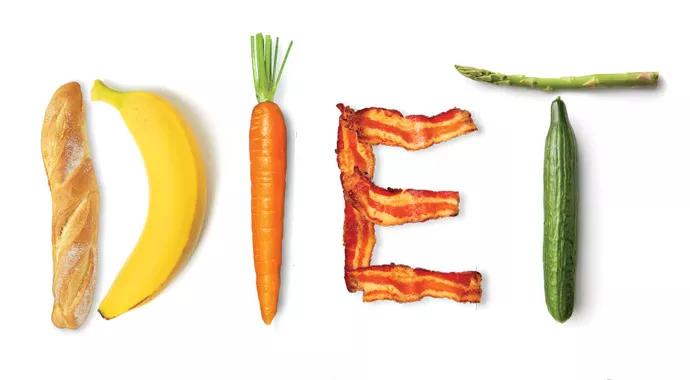A checklist of the latest evidence to share with patients

As detailed in this related post, recent headlines have spotlighted studies that overturn some longheld beliefs about diet and the heart — or at least add nuance to our understanding.
Cleveland Clinic is a non-profit academic medical center. Advertising on our site helps support our mission. We do not endorse non-Cleveland Clinic products or services. Policy
The effect may be that your patients grow skeptical of any dietary guidance. But patients need to know that broad consensus remains on many dietary recommendations.
To that end, Cleveland Clinic cardiologists Steven Nissen, MD, and Stanley Hazen, MD, PhD, helped develop this patient-friendly checklist of where today’s evidence stands on the heart effects of some high-interest food types and nutrients. Share it with a patient today.

The infographic highlights broad expert agreement on the basics of diet and heart health. It notes the following:

Further acute testing not needed if ECG and high-sensitivity troponin are negative

Scott Cameron, MD, PhD, also brings wide-ranging research interests to bear

Pioneering U.K. vascular surgeon joins Cleveland Clinic

AHA statement is first comprehensive document on perioperative stroke reduction

Recognition reflects prioritization of long-term patient outcomes

Recommendations help distinguish exercise-induced remodeling from pathology

JACC review highlights factors unique to women, ways to tailor management

Pushing the envelope in ablation of atrial fibrillation, ventricular tachycardia